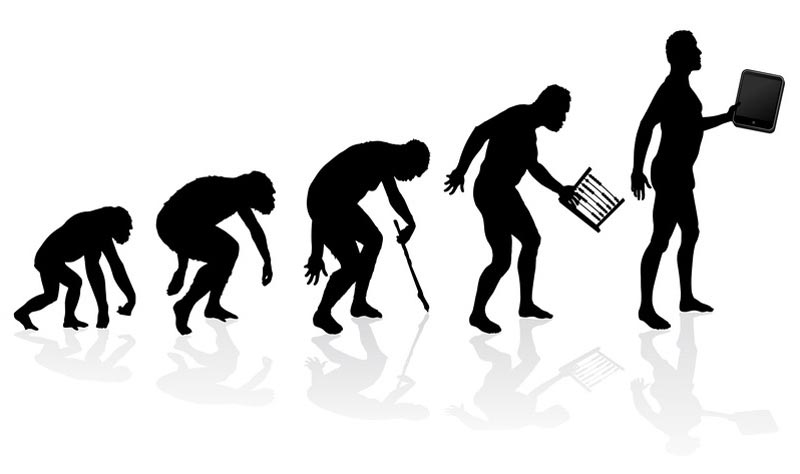

Home Ethics and Religion
In the domain of ethics and religion, the concept of cryonics is often examined through the lens of Christian beliefs, particularly those aligned with pro-life views. While cryonics may seem controversial within religious contexts, it is crucial to understand that its essence lies in the pursuit of life extension rather than resurrecting the dead. Let’s delve into the intersection of Cryonics ethics and religion, emphasizing the compatibility between the two and dispelling common misconceptions.

The initial perception of cryonics as incompatible with religious ideologies, particularly pro-life views, often stems from a misunderstanding of its core objectives. Cryonics is not about raising the dead or performing miracles; instead, it positions itself as a medical technology designed to extend and preserve life. By drawing parallels with other life-saving medical interventions, such as CPR and defibrillators, cryonics can be reframed as a rational, scientific effort to enhance human life—a concept that aligns more with modern medicine than religious dogma.
Religious beliefs, including Christianity, have demonstrated a remarkable capacity to adapt to and integrate new knowledge. The acceptance of scientific advancements, ranging from the study of the solar system to medical procedures like transplant surgery, underscores the dynamic nature of religious thought. Cryonics, especially Florida cryonics, being at the forefront of life-extension technologies, is positioned to be absorbed into religious discourse as it mirrors the continuous evolution of religious views in response to changing times. The potential for religious support may grow as cryonics becomes more widely understood and accepted.
To bridge the gap between cryonics and Christianity, it is crucial to address common objections rooted in misperceptions. Statements such as cryonicists aiming to raise the dead or souls being trapped in limbo are often based on a misunderstanding of technology. By challenging the conventional definition of death and emphasizing the importance of identity-critical brain structure, cryonics emerges as a legitimate, science-based attempt to treat patients in a state of suspended animation, awaiting future life-saving technologies. This reframing is essential for fostering dialogue and dispelling unfounded fears.
Examining cryonics through a Christian lens requires a consideration of the biblical perspective on the sanctity of human life. The scriptures underscore God’s concern for both the spiritual and physical well-being of humanity. Instances of miraculous healings and resurrections found in the Bible align with the principle that life is inherently valuable. Cryonics, viewed as a medical intervention aimed at relieving sickness and extending life, aligns seamlessly with the biblical imperative to care for the well-being of others.
One of the primary concerns among Christians is the condition of the soul during cryonic suspension. By challenging the perception of suspension patients as definitively dead, parallels can be drawn between their state and that of individuals in comas or unconsciousness. Christ’s parable of the wheat and the tares, along with other biblical passages, reinforces the notion that the fate of the soul is reserved until the end of the world. Whether considered fully dead or in a dormant state, cryonics does not inherently conflict with Christian doctrines, offering room for theological exploration and understanding.
Aligning cryonics with Christian principles necessitates a reflection on the purpose of a Christian’s earthly existence. The Apostle Paul’s contemplation on the desire to live versus the gain of departing to be with Christ provides a profound insight into the Christian’s role. Cryonics, when viewed through the lens of life extension, becomes a means for Christians to actively contribute to the well-being of others. It aligns with the Christian imperative to engage in ministry and selflessly serve fellow human beings, providing a unique perspective on the pursuit of life-enhancing technologies.
In short, the intricate relationship between cryonics and Christian values reveals a rich history of shared principles and potential coexistence. By reframing cryonics as a medical technology aligned with the biblical imperative to extend and preserve life, misunderstandings can be addressed. As with any scientific advancement, Miami cryonics at Cryonics America holds the potential to contribute to the ongoing dialogue between faith and progress. A comprehensive exploration of these intersections not only dispels misconceptions but also opens avenues for productive discussions, encouraging understanding between technology and religion.